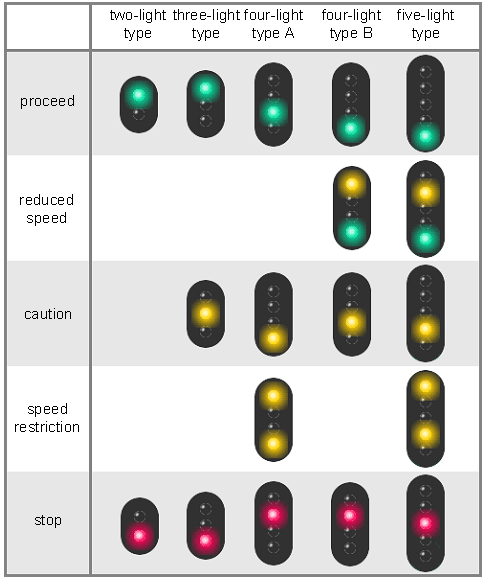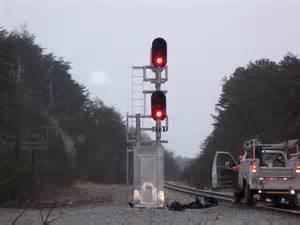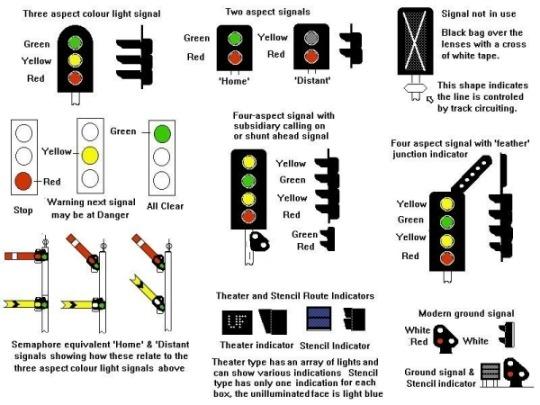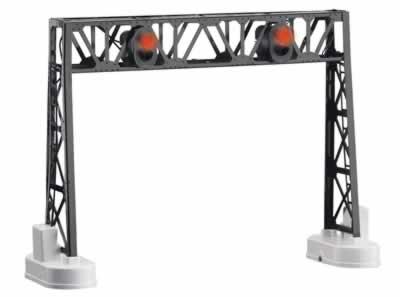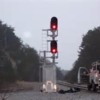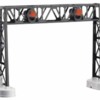I have searched for photos of prototypical signal bridges to determine the arrangement of the colored lamps on the bridge. Most photos I have found are arranged from top to bottom - Green-Amber-Red or just Green and Red (with green above red).
However I have also found a few with red above green. Is there a standard?
I have noticed that some model railroad products such as the O scale MTH #30-9026 signal bridge have the red lamp above the green. (Although they can be easily reversed - which I have done to my signals).
Here is a quote from an article in TRAINS magazine:
Color-light signals consist of three bulbs shining through three lenses, or "roundels," one each red, yellow, and green. Typically, the lights are grouped vertically with green at the top, exactly opposite of the highway traffic signals that protect road intersections.
See my attachments for examples. The photo for the O scale signal by MTH is from their web page.




